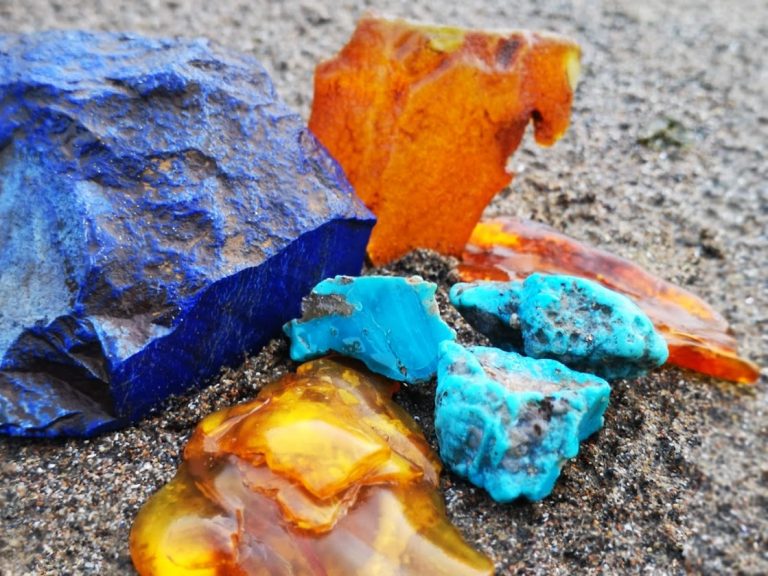Baltic Amber
Baltic Amber Formed over 45 million years ago, Baltic Amber is an organic substance, a “Fossil Resin” produced by pine trees which grew in Northern Europe – from southern regions of the present day Scandinavia and nearby regions of the bed of the Baltic Sea. The climate became warmer and trees started to exude big amounts of resin which through the fossilisation process has achieved a stable state through oxidation. It has been estimated that these forests created more than 100,000 tons of amber. Today, more than 90% of the world’s amber comes from Russia. It was thought since the 1850s that the resin that became amber was produced by the tree Pinites succinifer, but research in the 1980s came to the conclusion that the resin originates from several species. More recently, it has been proposed that conifers of the family Sciadopityaceae were responsible. The only extant representative of this family is the Japanese umbrella pine, Sciadopitys verticillata.

